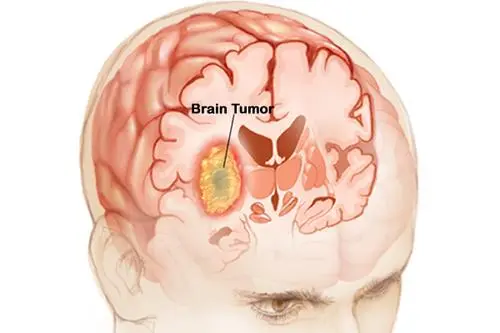



Business Inquiry
Global:
Email:marketing@medicilon.com
+1(781)535-1428(U.S.)
0044 7790 816 954 (Europe)
China:
Email: marketing@medicilon.com.cn
Tel: +86 (21) 5859-1500



Glioblastoma multiforme (GBM) is one of the most common, aggressive, and deadly brain cancers—often difficult to remove surgically and to develop resistance to radiation and chemotherapy. A team of researchers at the University of Ottawa believes they have found a major driving force in tumor formation that could lead to developing novel therapies to treat this intractable cancer.
Medicilon boasts nearly 300 tumor evaluation models. At the same time, we are empowering innovative therapies to comprehensively evaluate and study immuno-oncology. We have completed model establishment and efficacy evaluation of immuno-therapies such as CAR-T, TCR-T, CAR-NK, oncolytic virus, antibody (monoclonal antibody, double antibody, polyclonal antibody, etc.), siRNA, AAV.
"The fact that most patients with these brain tumors live only 16 months is heartbreaking," stated lead study author Arezu Jahani-Asl, Ph.D., who performed this work as a postdoctoral fellow at the University of Ottawa and is now an assistant professor at McGill University. "Right now, there is no effective treatment, which drives me to study this disease."

The research team studied human brain tumor stem cells from various GBM patients. Previously, it was believed that any cancer cell could reproduce to form a whole tumor; however, researchers have since learned that in brain cancer, only a few kinds of cells have this ability. If one of these brain tumor stem cells is left behind after surgery, it can create a new tumor. In this new study, the investigators found that a protein called the oncostatin M receptor (OSMR) was required to form GBM tumors. More importantly, they discovered that blocking OSMR activity in these cells prevented them from forming tumors in mouse brains.
The findings from this study were published recently in Nature Neuroscience in an article entitled
"Control of Glioblastoma Tumorigenesis by Feed-Forward Cytokine Signaling."
"Being able to stop tumor formation entirely was a dramatic and stunning result,” explained co-senior study author Michael Rudnicki, Ph.D., professor in the departments of medicine and cellular and molecular medicine at the University of Ottawa. "This protein is a key piece of the puzzle and could be a possible target for future treatments."
The scientists looked at 339 tumor samples from human GBM patients and found that the higher the OSMR expression, the faster the patient died. This confirms in mouse studies, where animals injected with human brain tumor stem cells with low OSMR expression lived 30% longer than those infected with tumor stem cells with regular OSMR expression.
Previous studies into GBM’s molecular mechanisms told researchers that an active form of the epidermal growth factor receptor called EGFRvIII drove tumor formation in GBM. Still, to date, therapies targeting this receptor have not worked against brain cancer. The Ottawa team uncovered that EGFRvIII needs to bind with OSMR before it can send out any tumor-forming signals. This new understanding could pave the way for more effective treatments for glioblastomas and other cancers with highly amplified EGFR expression, like breast, lung, and cervical cancers.
"This study raises the exciting prospect of potential new targets for a lethal disease," noted co-senior study author Azad Bonni, M.D., Ph.D., professor in the department of neuroscience at Washington University. "The next step is to find small molecules or antibodies that can shut down the protein OSMR or stop it from interacting with EGFR. But any human treatment targeting this protein is years away."
 Relevant
news
Relevant
news